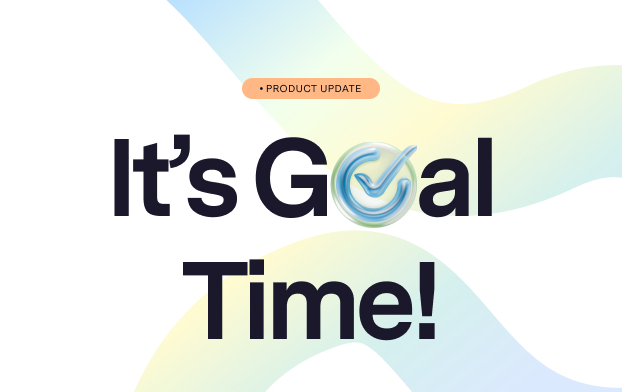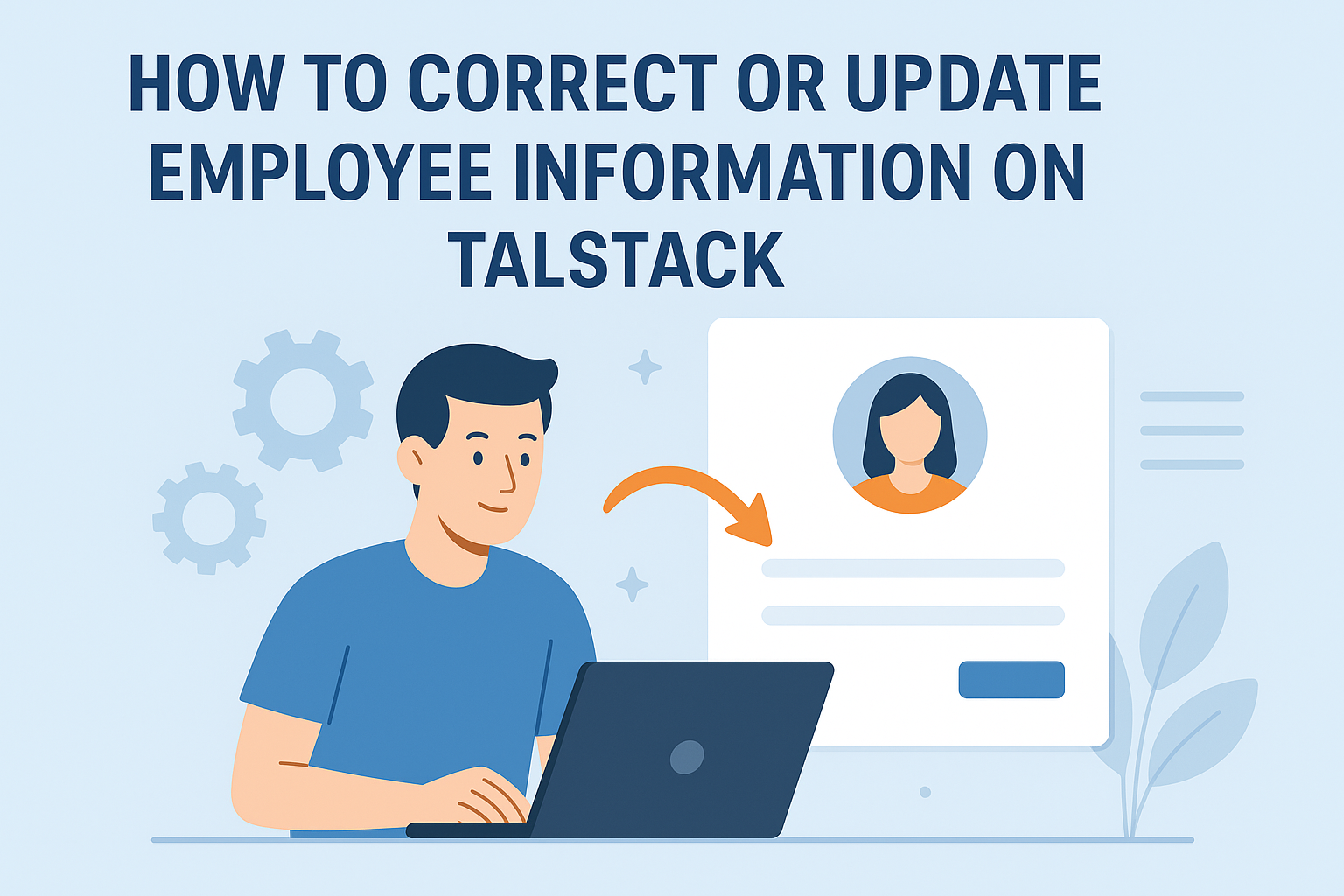Employee engagement is not a slogan or an HR campaign. It’s the difference between a workforce that drifts and one that thrives.
For HR leaders, the challenge is to turn research into practice: how do you move from insight to action?
This playbook distills global and Nigerian research into 10 actionable facts. Each fact is paired with evidence and clear steps HR leaders can take.
Think of it as your employee engagement strategy guide: research-backed, people-focused, business-driven.
Let’s jump right into it.
1. Engagement Is a Business Driver
Key Takeaway: Engaged employees deliver measurable outcomes—higher profit, stronger customer satisfaction, and higher shareholder value.
In a previous study that was highlighted, Saks (2006) surveyed employees across organizations and found that engagement predicted higher job performance leading to higher revenue.
Harter, Schmidt & Hayes (2002), looking at nearly 7,939 business units, found engagement tied consistently to productivity, customer satisfaction, profitability, and safety.
And when Macey et al. (2009) compared firms, the difference was dramatic: companies in the top 25% of engagement delivered more than double the shareholder value of those in the bottom.
- What HR Leaders Can Do:
- Add engagement metrics to your business scorecard.
- Present engagement as a financial lever to executives (e.g., reduced turnover costs).
- Connect engagement survey data to business KPIs quarterly.
2. Retention Runs on More Than Pay
Key Takeaway: Recognition, growth, and inclusion sustain loyalty more than paychecks.
Recognition, whether it came as a public commendation or a quiet word from a manager, created an emotional contract.
Employees who felt seen were less likely to pursue higher offers somewhere else.
Growth opportunities carried the same weight. Promotions, training, and mentorship weren’t just perks; they were signals.
Inclusion mattered too. When employees were invited into decisions, they felt ownership. And ownership, the study showed, made people more committed, more loyal, and less likely to disengage.
- What HR Leaders Can Do:
- Formalize recognition programs beyond annual awards.
- Create visible career paths with promotion criteria.
- Involve employees in decision-making forums.
3. Engagement Fuels Innovation
Key Takeaway: Engaged employees generate and champion new ideas.
In a study of Indian managers, Agarwal (2014) found that when employees had the right workplace resources, engagement was the bridge that turned support into fresh ideas and innovative behavior.
A separate survey by Gorgievski, Bakker, and Schaufeli (2010) showed the same pattern.
Even in a very different setting, a longitudinal study of Finnish dentists by Hakanen, Perhoniemi, and Toppinen-Tanner (2008) showed that engagement predicted personal initiative and creativity over time.
- What HR Leaders Can Do:
- Allocate “innovation hours” or budgets for experimentation.
- Train managers to reward creative problem-solving.
- Launch idea challenges tied to organizational goals.
4. Performance Management Can Boost or Break Engagement
Key Takeaway: Done right, performance management is fuel. Done wrong, it’s bureaucracy.
- The Evidence: When performance management is well-structured, it stops feeling like bureaucracy and starts working like fuel.
Think of performance management not as an annual ritual but as an ongoing conversation.
Gruman & Saks (2011), Aguinis (2009), and Mone & London (2010) all show that when managers coach, give feedback, and align goals, employees respond with energy and commitment. Engagement rises. Turnover falls.
Add timely feedback, as Bakker & Demerouti (2007) and Mone & London (2009) observed, and employees push harder, stay focused, and deliver stronger performance.
- What HR Leaders Can Do:
- Replace annual reviews with ongoing check-ins.
- Train managers to coach, not just evaluate.
- Ensure goals are transparent and feedback loops are fast.
5. Sustainable HR Practices Build Engagement
Key Takeaway: Fairness, well-being, and growth opportunities keep employees loyal even against higher salary offers.
Kramar (2014) argued that sustainable HRM policies that invest in development and protect long-term well-being creates the conditions for lasting engagement.
Bakker & Demerouti (2007) tested this idea with their Job Demands–Resources model.
They found that when HR practices gave employees autonomy, feedback, and real support, engagement rose. Energy levels were higher. Dedication was stronger. Performance improved.
Zaugg, Blum, & Thom (2001) added a different angle. Their research showed that socially responsible HR practices boosted not only engagement but also satisfaction, the very drivers that reduce turnover and build loyalty.
- What HR Leaders Can Do:
- Audit HR policies for fairness and inclusion.
- Build well-being programs into performance reviews.
- Invest in training as a retention strategy.
6. Engagement Improves Customer Service—But Energy Matters Most
Key Takeaway: Not all engagement dimensions are equal—vigor (energy, persistence, resilience) most strongly predicts customer satisfaction.
- The Evidence: At AMCON, a financial institution in Nigeria, researchers set out to answer a simple question: does engagement really change the way employees serve customers?
They surveyed 97 employees across 10 departments, measuring engagement with the Utrecht Work Engagement Scale and service quality with the SERVQUAL model.
The numbers told a clear story. Employees who were more engaged delivered a better customer experience.
One element of engagement stood out—vigor. Employees who showed more energy and persistence scored measurably higher on service responsiveness.
Absorption, the deep focus on tasks, had little measurable effect.
Dedication, the pride and enthusiasm employees feel, also showed no significant impact.
Engagement matters for service quality, but not all dimensions carry the same weight. Vigor—energy, persistence, and resilience—was the most influential factor in improving customer responsiveness.
- What HR Leaders Can Do:
- Focus on building workforce energy and resilience.
- Incorporate wellness and resilience training into HR programs.
- Track engagement impact on customer satisfaction scores.
7. Job Satisfaction and Engagement Together Drive Performance
Key Takeaway: Engagement and satisfaction are powerful separately, but together they explain two-thirds of performance outcomes.
- The Evidence: In Lagos, these researchers studied two companies—Lapo Microfinance Bank and Khmedan Global Services to ask a basic question: does engagement really move the needle on performance?
The data said yes. Engagement accounted for nearly a quarter of performance outcomes.
But the same analysis uncovered something even stronger.
Employees who were satisfied with their roles and workplace showed the highest correlation with performance.
Satisfaction alone explained 44.6% of the variation in outcomes—almost twice the contribution of engagement.
The most compelling insight came when both variables were tested together.
Engagement and satisfaction jointly explained 66.9% of organizational performance.
When employees are both engaged and satisfied, organizations grow faster, retain more talent, and deliver stronger business results.
- What HR Leaders Can Do:
- Measure both satisfaction and engagement in surveys.
- Design interventions that address motivation and commitment.
- Use combined insights to target high-impact HR strategies.
8. Engagement Is a Two-Way Street
Key Takeaway: Employees bring energy, but organizations must invest through support and recognition.
- The Evidence: Rodrigues, Perryman, and Hayday (2004) and Rafferty et al. (2005) made the distinction clear. Engagement is not one-sided.
Employees bring energy, dedication, and focus to performance. But organizations must invest too—through support, recognition, and meaningful interaction.
When that balance is right, retention improves and performance gains are sustainable.
The flip side is sobering. Pfeffer (2007), Towers Perrin, and Blessing White (2008) documented how disengaged employees often fulfill only the minimum requirements.
The result is lost productivity, higher turnover, and declining customer experience.
- What HR Leaders Can Do:
- Audit manager behaviors—are they reinforcing or draining engagement?
- Ensure recognition and communication are consistent across teams.
- Link engagement efforts to retention and profit metrics.
9. Training & Career Development Are Engagement Multipliers
Key Takeaway: Training and career development fuel both engagement and performance.
- The Evidence: A survey of 210 employees in Pakistan’s telecom sector confirmed that training and career development significantly boosted engagement.
In business terms, better training and career growth translated into higher productivity, improved creativity, and greater success in meeting organizational goals.
The data painted a simple picture. Employees with access to structured training, mentoring, and advancement opportunities reported higher levels of vigor, dedication, and focus.
- What HR Leaders Can Do:
- Build structured career development plans for each role.
- Pair junior staff with mentors for guided growth.
- Measure training ROI in engagement and performance gains.
10. Leadership Defines Engagement
Key Takeaway: Supportive, empowering leaders are the strongest drivers of engagement.
- The Evidence: A survey of 223 hotel employees measured engagement—vigor, dedication, and absorption—alongside leadership practices.
The findings were consistent. Supervisors who supported their teams and recognized effort boosted engagement levels significantly.
Employees described feeling more energized and more committed when leaders acted with fairness and encouragement.
Leadership style also mattered. Transformational behaviors including sharing vision, empowering employees, and involving them in decisions produced stronger engagement scores than transactional approaches.
According to the survey, leadership explained 37% of the variance in engagement outcomes, with support, recognition, and communication emerging as the strongest predictors.
- What HR Leaders Can Do:
- Train leaders in transformational behaviors (vision-sharing, empowerment).
- Build recognition into leadership KPIs.
- Require managers to provide frequent, clear feedback.
The Engagement Roadmap
Engagement is not one-off. It’s built daily at the intersection of:
- Leadership Behaviors – support, vision, communication.
- HR Systems – fairness, recognition, training, career development.
- Employee Experience – energy, satisfaction, innovation.
When these align, businesses don’t just retain talent—they grow profitably, delight customers, and build resilient organizations.
Final Call-to-Action for HR Leaders:
- Measure engagement as seriously as financial performance.
- Translate research into immediate action steps for managers.
- Treat engagement as an ongoing business strategy, not a campaign.
This isn’t about keeping people “happy.” It’s about building organizations where people and performance thrive together.





































